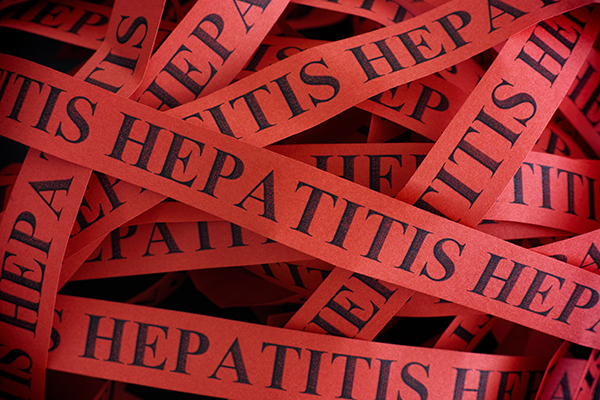Food Service Hand Hygiene: Basic Handwashing – Part II
Ignoring handwashing as a priority is easy until faced with a crippling lawsuit. Your risk of transmitting a foodborne disease via a food workers hands will never be zero, but the good news is training your crew about handwashing is not complicated. Molding behavior to do it at the right time, using the correct method is the tough part. The Centers for Disease Control & Prevention says the single most effective way to stop the spread of infection is through handwashing. Last month’s article was on the physical equipment to help get better handwashing compliance. The most important part is the practice of the basic handwashing steps:
|
1 |
 |
WET HANDS FIRST before applying soap–Turn on warm (approx. 100°F) water –the most sanitary faucet is a hands-free type. |
2 |
 |
APPLY MILD SOAP from a dispenser (touch-free is best) that uses an airless bagged soap system (keeps the soap from becoming contaminated). |
|
3 |
 |
SCRUB / FRICTION –Lather hands briskly for 20 SECONDS with FRICTION. Scrub palm to palm, backs of hands, between fingers & thumb, wrists & forearm. |
4 |
 |
FINGERTIPS — Scrub the fingertips & nails – most contamination is here. Use the “CLAW PAW” by bending fingertips & nails into opposite palm OR use a soft (fused bristle) nailbrush & count to twenty. |
|
5 |
 |
RINSE off soap with warm water & more friction. |
6 |
 |
DON’T RE-CONTAMINATE fingertips by touching faucet handles, dispenser buttons or levers. If it’s not a hands-free faucet, shut off faucet with paper towel. |
|
7 |

|
DRY hands completely using paper towels –touch-free dispenser is best. If using alcohol hand sanitizer in your procedure, apply and let dry. |
8 |
 |
USE UTENSILS, paper wraps, or put on disposable GLOVES if handling READY-TO-EAT FOODS. Wash again if hands become contaminated. Handwashing frequency is task specific – not time specific. |
When to Wash Hands—Customize your written “when to wash” policy so it is specific to your food handling tasks.
- Wash hands at the designated hand sink and ALWAYS wash after using the restroom (this is a critical step to safer hands).
- Wash before handling food and between raw food types (i.e. raw meats/raw fruits & vegetables) and ready-to-eat foods (washed foods, cooked foods, sandwiches, etc.)
- Wash when returning from breaks or changing food handling tasks, such as moving from different food types.
- Wash after handling soiled equipment or utensils or periodically if hands sweat under gloves.
- Wash as often as necessary to remove contamination & prevent cross-contamination.
- Glove use itself does not guarantee food safety. Wash before putting on gloves & between glove changes. Use the right type of glove for specific tasks (light duty poly vs. form-fitting vinyl).
- Wash after touching the body, coughing, sneezing, using a tissue, eating, smoking, or drinking.
- Wash after handling money, handling garbage, or using the phone.
- Wash & change gloves after any activities that contaminate the hands or the gloves.
Bottom Line: Put your professional hand hygiene plan of action in a written format for the crew. The 2013 FDA Food Code uses the phrase “active managerial control” to address foodborne illness risk factors. Controlling hand contamination is one of the center subjects for operators, the food industry and regulatory agencies to work together on risk reduction.
***
About the Author: Lacie Thrall

This information is provided as a general guideline and is not intended to be, nor does it, constitute legal or regulatory advice. Additional Federal regulations may apply to your particular circumstances. State, regional and local laws, ordinances and regulations may also apply.










